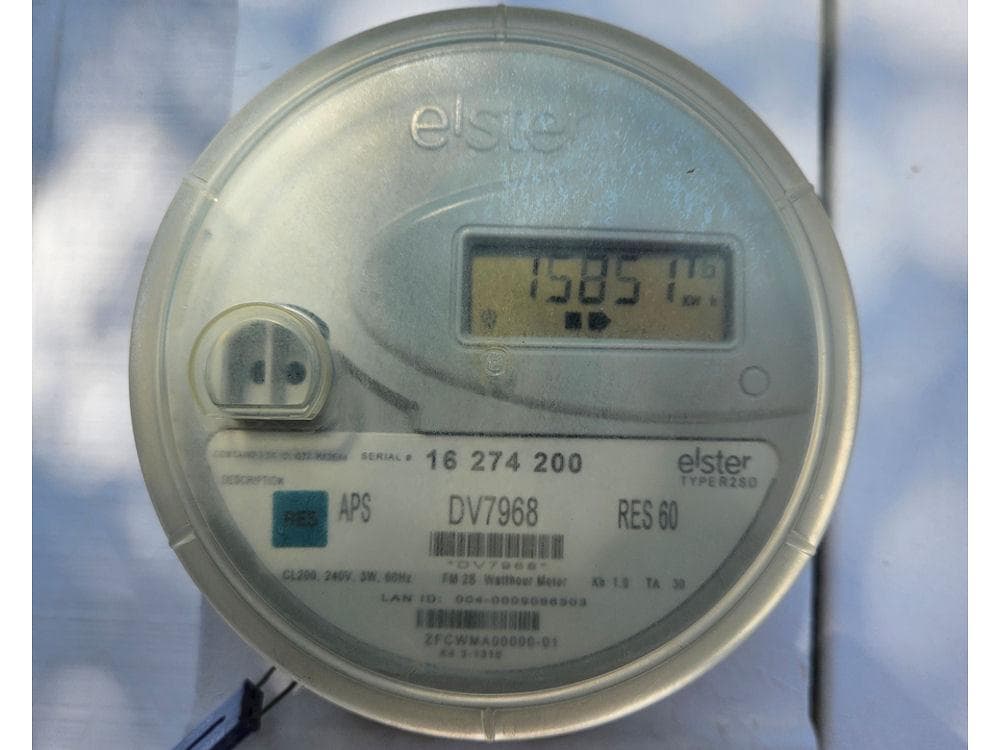The historical paradigm of the US electric industry has been “the energy you want when you want it.” Generation was adjusted to match contemporaneous demand as required.
The average demand on the US electric grid is approximately 40% of peak demand. Therefore, the majority of grid generation is largely underutilized for most of the year. The industry has also maintained a capacity reserve margin in excess of peak demand to assure adequate supply in the event of an unscheduled generator shutdown.
There would be significant economic benefit to increasing the load factor on the grid. The industry has taken numerous steps to attempt to encourage customers to shift their demand to hours when demand is lower. These steps have included a variety of Demand Side Management (DSM) programs coordinated with the state utility commissions. They have also included demand charges applied to consumption during high demand periods to encourage load shifting and the use of interruptible service contracts. Participation in DSM programs has been largely voluntary. However, demand charges were imposed in state utility commission approved rates. While these programs have had some effect, they have not significantly increased the load factor on the grid.
The combination of Net Zero by 2050 and “All-Electric Everything” by 2050 is imposing major changes on the electric industry and the electric grid. “All-Electric Everything” would require grid capacity to roughly triple, requiring massive investment in generation, transmission and distribution assets.
Government is incentivizing installation of intermittent renewable generation on the grid. However, most of this renewable generation capacity has not included the storage capacity necessary to render this capacity dispatchable. Therefore, as intermittent renewable generation capacity is added to the grid, dispatchable generating capacity must also be added to backup the intermittent capacity when it is not generating. The intermittent generating capacity is therefore redundant, in that the demand on the grid can be satisfied when it is unavailable or significantly diminished. Were the intermittent generating capacity dispatchable, it would not be redundant.
The projected major increase in generation, transmission and distribution investment has increased government and industry focus on increasing grid load factor to reduce the required investment. The recent US DOE “Decarbonizing the U.S. Economy by 2050: A National Blueprint for the Buildings Sector” focuses on several approaches to controlling grid demand to reduce investment requirements. Many of these approaches involve mandatory participation by electric customers, implemented through the use of “smart meters” and “The Internet of Things”. HVAC system, EV charging and major appliance usage would be curtailed or interrupted as required to reduce demand during periods of peak demand or low renewables availability.
DOE also encourages behind the meter, on-site generation and storage and contemplates drawing down on-site storage and EV batteries as required to support the grid. Participation would likely be enforced by requiring that HVAC, EV chargers and major appliances be internet connected to operate, to assure that they would remain subject to external control. DOE also suggests expanded use of Virtual Power Plants (VPP), in which groups of customers have their service interrupted to effectively free power plant scale capacity for other uses.
This appears to presage a paradigm shift from “the energy you want when you want it” to “the energy you want when it is available”. The involuntary aspects of these efforts would likely make them both more effective and less popular.
